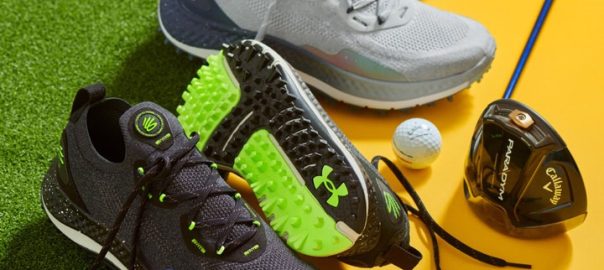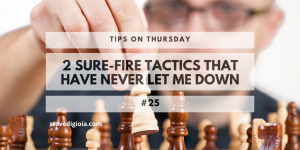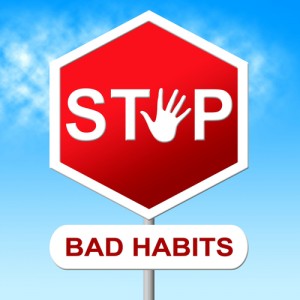By Mark Wilson
$7.58. That was Under Armour’s closing stock price the day I met with Stephanie Linnartz, the company’s new CEO. A 25-year veteran of Marriott, Linnartz stepped into the role at the end of February of this year. She became the company’s third CEO appointed in four years. It is perhaps a surprisingly unenviable role, as she’s tasked with turning around a company that missed the rise of athleisure, bricked the endorsement deal of a generation with Stephen Curry by creating a decade of lackluster shoes, still contends with founder Kevin Plank as a primary shareholder who has caused waves of scandals while supporting Trump, and boasts a share price down 85% since its high in 2015.
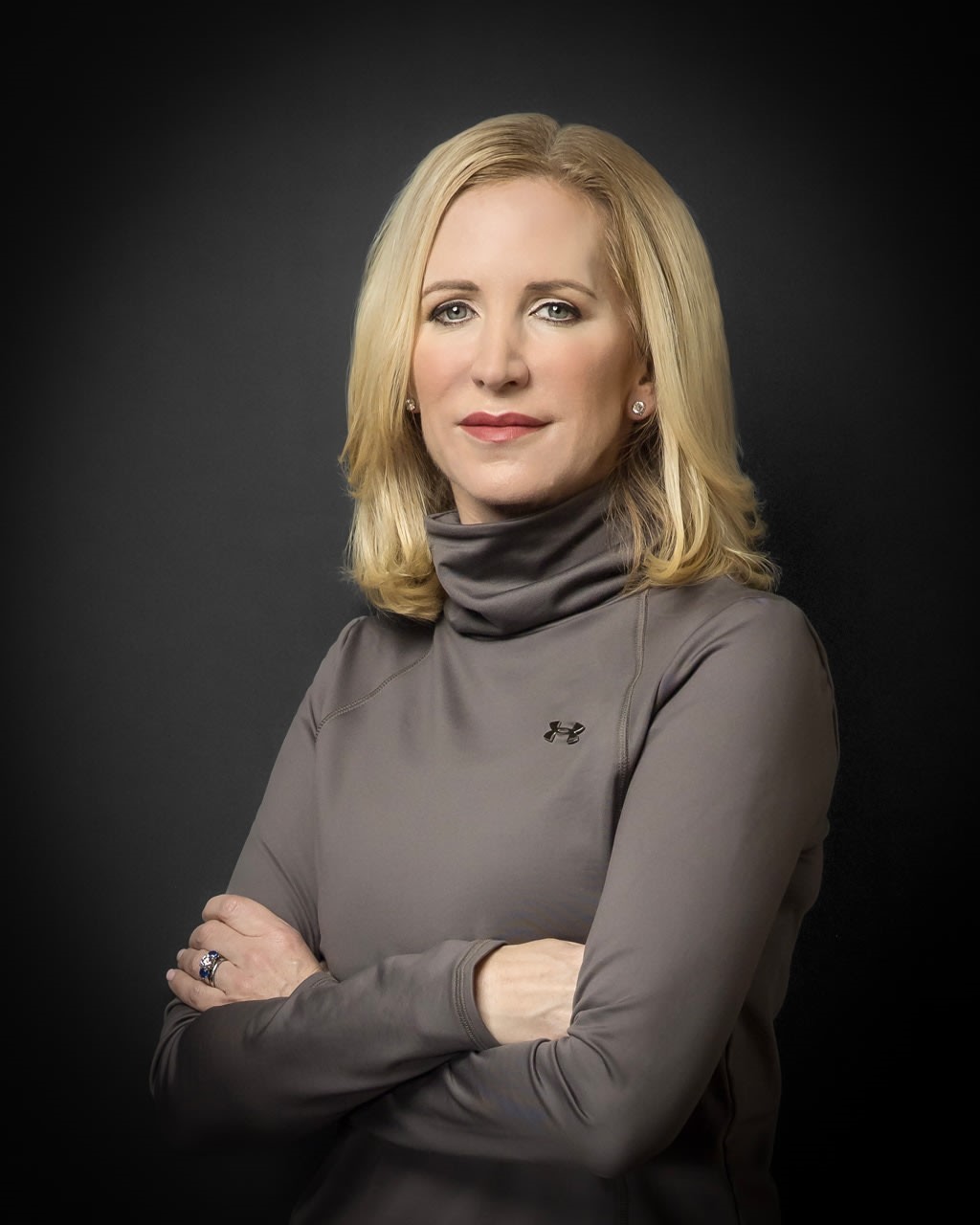
Linnartz and I met up for a rapid-fire interview inside the company’s 29,000-square-foot flagship store on Chicago’s Michigan Avenue—one that, during my time of visit, welcomed customers to its first floor women’s department with a kiosk dedicated to The Rock. Afterward, I’d visit a 300-square-foot Hoka store a few blocks away that seemed to squeeze as many people inside.
With inflation’s ongoing pinch and debts rising for much of Middle America, Under Armour’s bread-and-butter customers, like shoppers at Kohl’s, are simply buying less. But while Linnartz certainly demonstrates an adopted loyalty to the UA brand, and frequently references UA’s own comeback story in the making, she’s a realist who sees the label’s shortcomings and is trying to address them—particularly when it comes to design.
This interview was edited and condensed for clarity.
You’re nearing your first year at the brand, what’s exciting you about Under Armour right now?
I have to say, I was blown away when I saw the innovation capabilities of Under Armour, particularly about sustainability. You know, I have worked with Marriott for 25 years, and I was on a project for 7 years, building Marriott’s new corporate headquarters; the same [architecture firm], Gensler, is doing Under Armour, which has to move in next year. It’s arguably going to be the most sustainable corporate headquarters in America. So, 4,000 solar panels, geothermal-heating reclaimed arrays. And I think it just speaks to the company being really focused on our sustainability goals, and a lot of innovation around fabrics that don’t shed as many fibers. It’s almost like our best kept secret: the Under Armour innovation story.
I followed Jordan Spieth around at the Masters last year, along with his family—wife, mom, and dad. And he’s like, ‘Make no mistake about it. I am a better golfer because I wear Under Armour. I’m drier, warmer, depending on the environment.’ So he said, like, I played better ball because of the technical capabilities of these fabrics. That’s the performance side. Now we need to make our stuff more stylish. . . .
What? Under Armour not stylish? I never noticed!
Yeah yeah yeah . . . but we do need to make her stuff. That’s why we’re leaning into the sports style.
No, I totally agree. I think Under Armour’s biggest problem is it’s not very . . .
Stylish.
Attractive.
Well, exactly. I mean, that’s why we hired John Varvatos to be the head of design. He’s bringing in new footwear, talent. Apparel talent. Now the problem is the lead time—15 to 18 months. You’ve got to manufacture, you gotta get it on a boat, right? I’ll be honest with you, though, we have a lot more good stuff than people realize. We haven’t done a good job of marketing it, in a way. There’s a brand piece that we’ve got to get going with Under Armour, and we’re not marketing to women [properly].
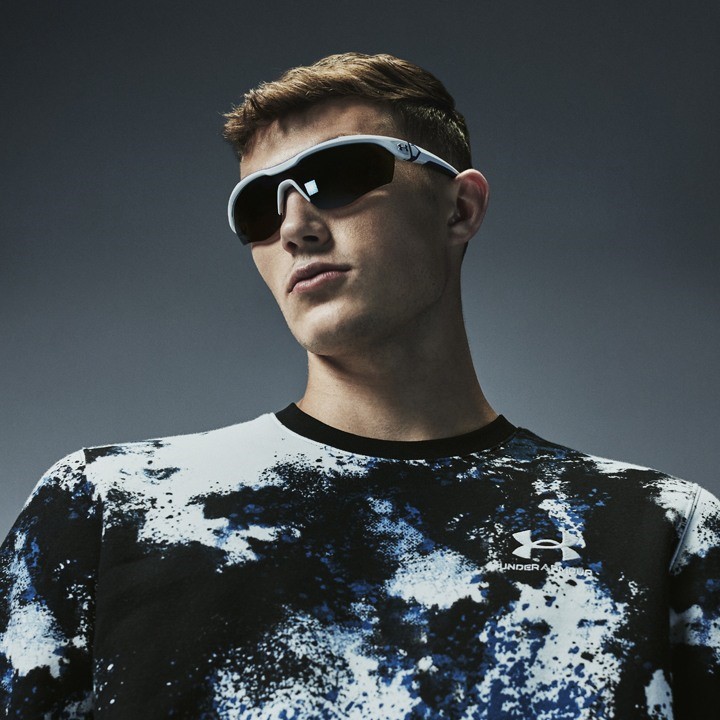
I feel like it’s always been so . . .
Macho.
Everything feels like it’s designed through the male gaze.
And that’s what we’re going to work on. But we also want to be authentically Under Armour—protect this house, grit, determination. Women can be as tough as men. “Protect this house” doesn’t have to be football gritty that way, it can be inclusive—body, mind, spirit. Protect this house can expand to mean more than just sweaty men playing football. It can expand. It’s all about how we bring it to life. I deeply believe that.
So we’re going to market to women in a different way, too. You don’t market to women the same way you market to men. We’ve got to figure that out. The other thing we’ve had a big focus on is where we distribute our stuff. Like, of course we have our own stores. We don’t have enough, by the way.
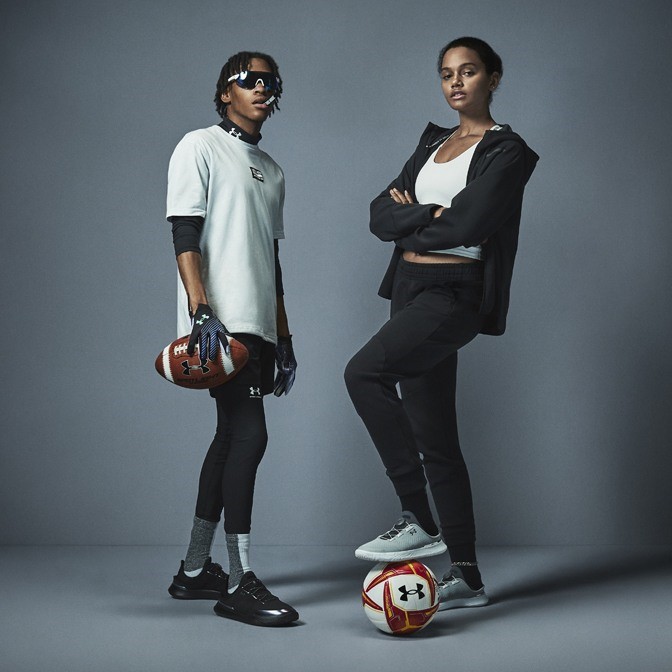
You want to open more stores?
I mean, full-price stores. And [rebalance] our ratio of factory outlets to full-price stores. I can promise you they’ll never be this big again [gesturing to store], but that aside, you need more full-price stores because it ties to e-commerce sales. But we also need to get more into department stores. We’ve got to get into—just using this as an example—Nordstrom or something.
Somewhere other than Kohl’s, right? It sounds like you’re trying to go for something more upmarket.
In some ways, it’s good coming in with fresh eyes. Nike, Adidas, I mean, they’re all in Kohl’s and TJ Maxx, but they do the high/low game better than we do. So, they’re in the same damn places we are, right? They just have more of the high. They have more of the better and best product, and better investment in distribution. Nike, they’re making their money in the outlet stores too. So I think, as we have made more better and best product, as we market differently, as we are in different distribution channels, that will create that high/low game better for Under Armour.
The other thing too, we have something I’ll take any day of the week: I’d rather have deep roots in performance. Just decades of authenticity on the court, the pitch the field, you know, [Under Armour has been around for] 26 years . . .
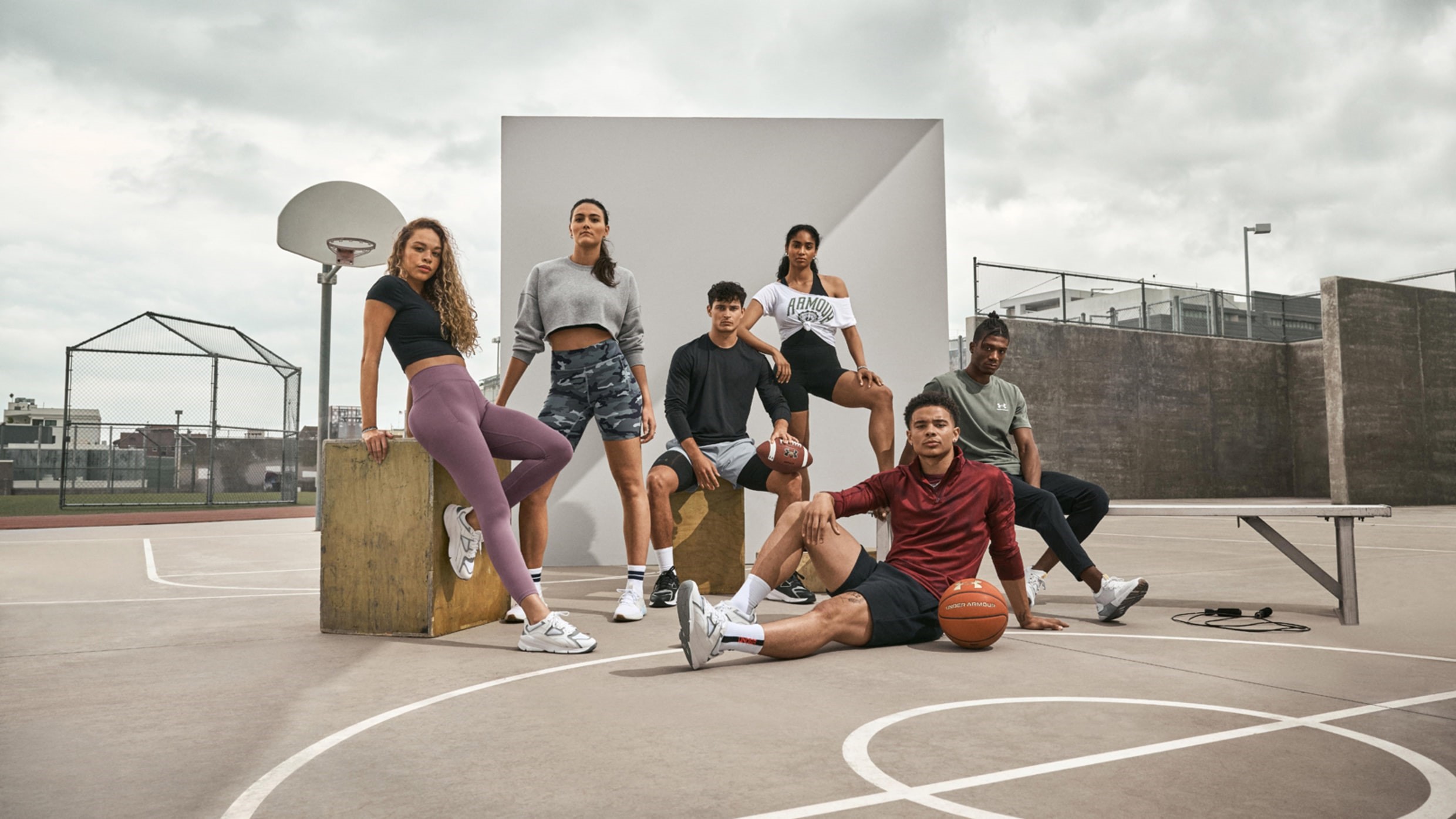
I mean, you can’t tell me that Nike and Adidas and all these other companies aren’t super legit with performance . . .
No no, they are. Absolutely. Nike and Adidas, for sure. Like a Lululemon—who I have a tremendous amount of respect for, don’t get me wrong—they don’t have the same authenticity with athletes. I’m talking about just being a sports-style brand, or a lifestyle brand, trying to get into performance. You’re a lifestyle brand trying to get into performance? Think how hard that is.
My only thing is like, if you have to choose your fate, you’d like to have both. But if you’re in performance, and you’re trying to lean more into sports style, I think that’s easier than being purely in sports style than trying to earn credibility with athletes.
Steph Curry is a great example. He’s all in . . . we just had Steph Curry’s stylist to Baltimore. And he’s a muckety muck, you know, who does all the basketball players and Hollywood people. And he was like, ‘Wow, you guys actually have some cool stuff.’ So again, that’s a man. I think we can actually lean into that. I also think 16 to 24 year olds, they’ve kind of just . . . it’s not that they don’t like Under Armour, they just don’t even think about it as much anymore. They’re like, “Oh, that’s my soccer team.” But if we started making super cute stuff? I’d also argue, people want new and different. At some point, when everybody has the same shoe? It’s not cool. When you start getting into sneakers, like we’ve got a breakthrough in footwear and cool sneakers, that’s why a big focus for us is cool sneakers.
You break through on that, and we’re exploding. There’s a fascinating documentary on New Balance breaking out in D.C. . . .
New Balance is a perfect turnaround story. It became so cool.
It was a dad shoe!
But I’d also say, look at Hoka or On Running, and five years ago, who would have thought they’d break out?
People act like On is some new company! They started the same year as Under Armour! Breaking through in footwear is absolutely doable. We’ve got a $1.6 billion footwear business. There are barriers to entry. I think the fact that we’ve got great factory relationships, and we can make really comfortable shoes . . . now we just have to make them more stylish: cute, cool, stylish sneakers.
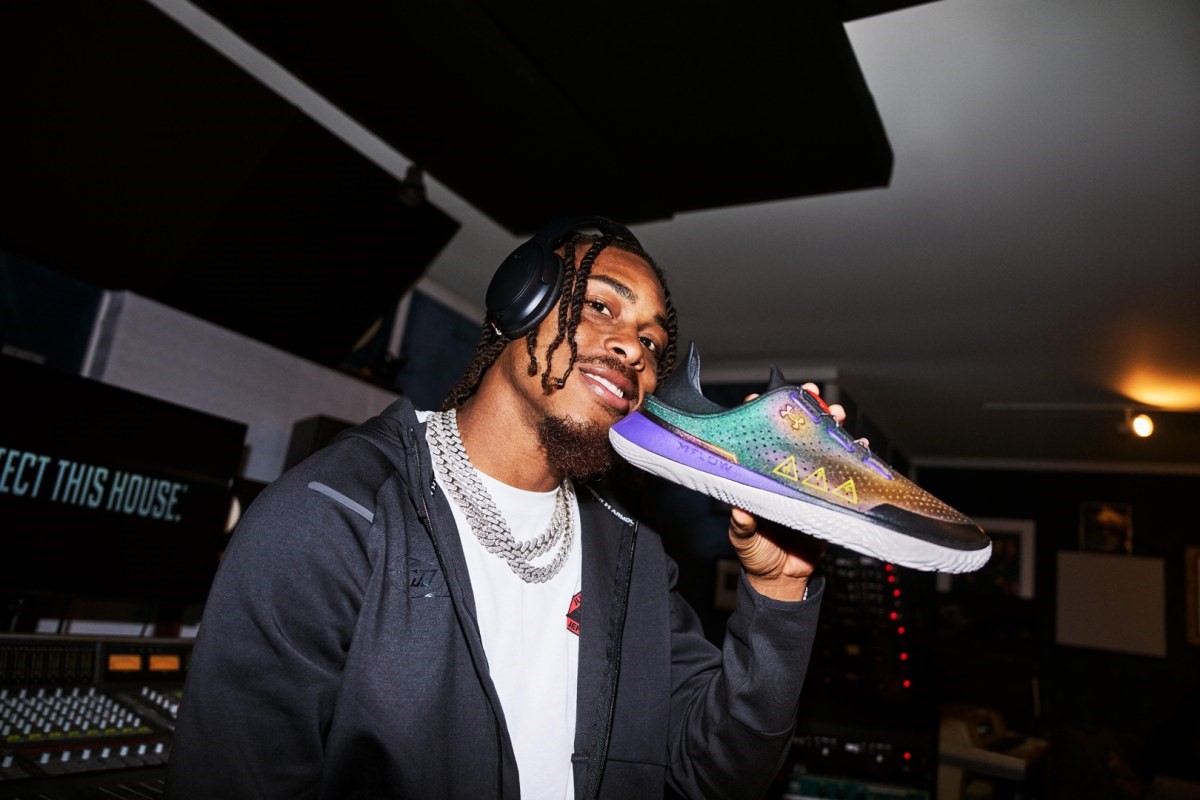
Right, because if you can sell someone sneakers, you can probably sell them a hoodie. But not the other way around.
Have you ever heard anybody lined up around the block for the drop of a new hoodie? (laughs)
We’re going to do a lot with collabs, too—the right ones. Those can be very successful, and they can be a complete disaster, right? We’ve had ones that haven’t worked out as well, so has the competition! And others have worked out extremely well. So, we’re being thoughtful in who we’re doing collabs with.
Have you seen Steph Curry’s documentary on Apple TV? He’s the underrated underdog. And I’m like, that kind of goes along with Under Armour. We’re the underrated underdog. We have to prove it, but we’re going to—and it starts with building the right team. I’m running a lot of the team.
I haven’t seen the documentary. But I have to say, very frankly, that Curry’s shoe line feels like the biggest loss opportunity in all of athletics-apparel sponsorship of the past decade. You had the number one NBA player, breaks every record, and people bought his shoes—solely because they love Steph Curry. But it never hit that design-meets-player articulation of Jordan, or even LeBron.
He’s an incredible human being. He’s one hell of a golfer too. There’s a lot of opportunity for Curry apparel and Curry Golf. Golf is becoming much more democratic: More people of color; more women. We’re thinking of a line. Jordan Spieth is one type of golfer . . . then you have a line of Curry Golf, which is more cool. Curry Golf is something that we really want to blow out. I think of Under Armour as positioning itself as the golf brand for athletes.
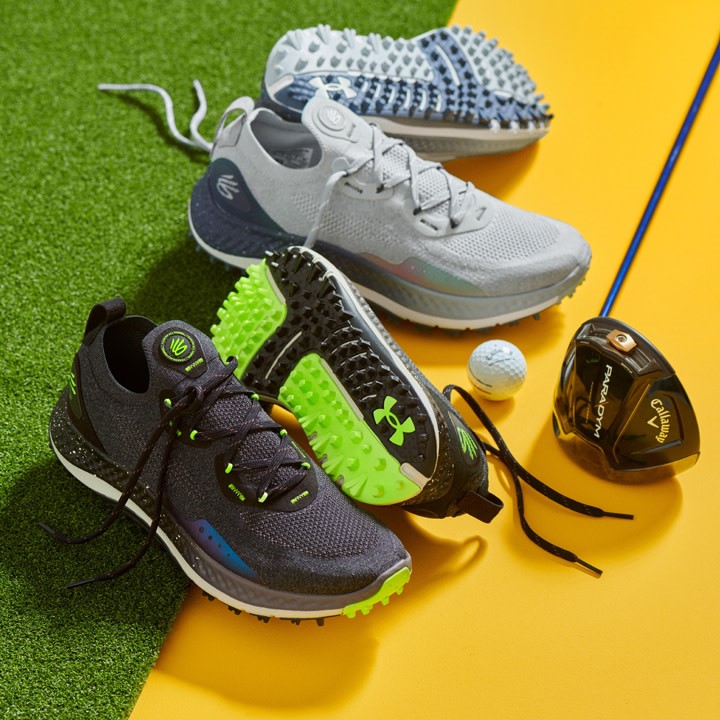
Haha. There’s a slight, unintentional dig to golfers in that phrase that I’m enjoying. But I do know what you mean.
How many golfers go play football! Or any other sport? Every other athlete plays golf. That was my point.
But again, we are gonna focus more on women. It’s less than 25% of our sales now for all the reasons we’ve talked about. And the brand’s on fire in Europe.
I was curious about that. I know sales in the U.S. are a little flat, but Europe and Asia have shown signs of growth. Do you need the U.S. to grow the business, and to grow internationally?
We need both. You’re never going to be successful if you don’t [own] the U.S. The world is too connected. Under Armour just surpassed Adias in the U.K. as the number two training brand. You still get more male focus, but go around the U.K.—Liverpool and Manchester, in particular—and everyone is wearing head-to-toe UA. Though still Nike shoes! (laughs) But why? The company was much more focused with marketing and segmentation in Europe. In Asia, Under Armour works almost all direct-to-consumer. And it’s much more premium. I think, we’re just getting started in Asia with Under Armour.
(24)
Report Post